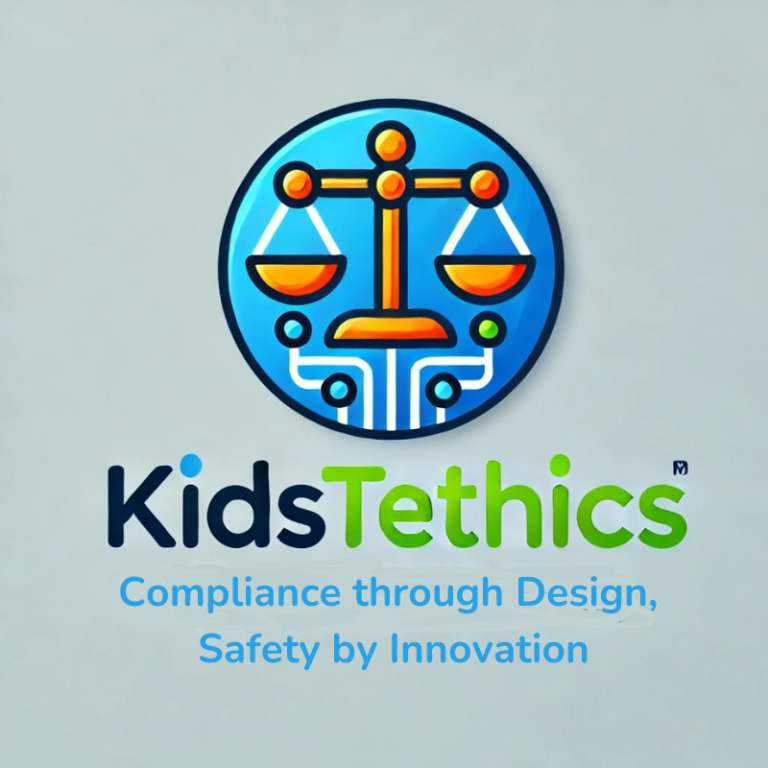Child-centric DPIAs are a crucial step to safeguarding children’s privacy online. They identify risks when children may be present; or not.
PART: TWO

Ensuring the safety and well-being of children has become entangled in a political quagmire.
Good news exists as businesses strive to meet this challenge of doing the right thing by children. One crucial aspect often overlooked is the approach to data protection impact assessments (DPIAs). Traditionally, DPIAs have been crafted with adult users in mind, often by legal professionals. However, the unique vulnerabilities and needs of children in the digital realm necessitate a shift toward child-centric DPIAs.
Rethinking DPIAs for Children
DPIA’s are called for in many kids code bills and laws, and will serve as a vital tool in identifying and mitigating risks associated with the collection and processing of personal data. More importantly perhaps is how a business will curate and deliver its product or service to children. Presently these assessments are typically designed for adult audiences and may fail to adequately address the specific concerns related to children’s online experiences. Children encounter distinct risks, ranging from exposure to harmful content to potential exploitation by malicious actors.
Enter Child-Centric DPIAs
Child-centric DPIAs represent a paradigm shift in how businesses evaluate the impact of their online services and products on young users. Unlike traditional assessments, child-centric DPIAs are tailored to consider the unique vulnerabilities, behaviors, and developmental stages of children. By adopting this approach, businesses can better identify and address risks specific to child users, thereby enhancing online safety and compliance with regulations such as Kids’ Codes.
Why Businesses Should Care
Implementing child-centric DPIAs is not just a matter of regulatory compliance; it’s a moral imperative and a sound business decision. Neglecting to adequately assess the impact of online services on children can lead to reputational damage, legal liabilities, and, most importantly, harm to young users. By prioritizing child safety in DPIAs, businesses demonstrate their commitment to responsible digital practices and build trust with consumers and regulatory authorities alike.
Attorney General Oversight
The role of the Attorney General is often called for in ensuring compliance with regulations aimed at protecting children online. With child-centric DPIAs becoming a focal point, businesses must be prepared to demonstrate their consideration of the unique needs and risks associated with young users. By conducting thorough assessments and proactively addressing concerns raised in kids codes, businesses can mitigate legal risks and contribute to a safer online environment for children.
Evaluating AAA Systems
Artificially Intelligent, Algorithmic, and Autonomous (AAA) systems shape children’s online experiences. Child-centric DPIAs assess how these systems impact young users, ensuring that processes and deliverables are age-appropriate, systems prioritize privacy and safety, and that businesses are transparent and held accountable for both implicit and explicit duty of care to the user. By integrating child-centric considerations into AAA systems, businesses can enhance the overall safety and usability of their online offerings for children.
What is often overlooked by oppenents and lobbyists for the tech associations are that the kind of DPIA discussed here, and available in the market today, are pro-business. They are the business plan and product development framework that presents the step by step guide on how everyone in the organization can use their role to build truly client/ user focused products and services.
As technology continues to advance and children increasingly engage with digital platforms, the need for robust safeguards has never been greater. By redefining DPIAs through a child-centric lens, businesses can proactively address the unique risks and vulnerabilities faced by young users. Embracing this approach not only promotes legal compliance but also fosters trust, accountability, and ultimately, a safer online environment for children. And when all those things are aligned; business flourishes.
In the next section, we’ll delve deeper into the practical steps businesses can take to implement child-centric DPIAs effectively and explore real-world examples of successful adoption. Stay tuned as we continue our journey toward building safer technology for kids.
